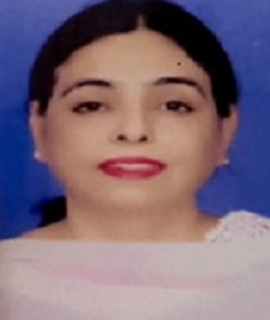Abstract:
Type 1 diabetes mellitus is an immune mediated disease that triggers, as a final consequence, the complete or partial loss of pancreatic cells, decreasing the production of endogenous insulin, and thus generating a dependence of the affected patient on the exogenous insulin administration to maintain adequate energy production.
Diabetic ketoacidosis is a metabolic disorder, with a triad consisting of hyperglycemia,ketosis and acidemia. Genetics plays a role in progression to clinical disease. Class II HLA genes are the ones most strongly associated with the risk of type 1 diabetes mellitus. Some of the known associations include HLA DR3/4- DQ2/8 genotype. Pathophysiology of diabetic ketoacidosis involves autoimmune destruction of beta cells in the pancreas and the subsequent lack of insulin. Severe hyperglycemia and systemic inflammation associated with DKA have been shown to further deplete functional pancreatic islets.
Mean age of presentation of diabetic ketoacidosis in our set up was 11.3 years n=11.3). Number of female cases outnumbers the number of male cases (55.88% vs 44.11%). RBS levels were on the higher side in all the presenting cases(n=366 mg/dl) and corresponding HbA1c levels were also on the higher side(n=10.8). 64.70% children of diabetic ketoacidosis presented to us with respiratory distress as their presenting complaint. This is because most of the patients who came to our set up belong to rural background with ignorant attitude. These people ignore vague symptoms like nausea and vomiting, thus seek medical advice when the child develops respiratory distress. Followed by fever,polyuria and polydipsia, pain abdomen and least common presenting complaint was vomiting.
34 children presenting to intensive care department of pediatrics, government medical college and rajindra hospital patiala with diabetic ketoacidosis with age ranging from 2 years to 18 years were subjects of study. For the purpose of study, children were divided into age group of 2-5 years,>5-10 years , >10-18 years respectivelyName, age, gender, address, clinical examination and serial lab profile, response to treatment was recorded on a pre-designed and pre-tested proforma. Data so obtained was subjected to analysis for the purpose of study.




